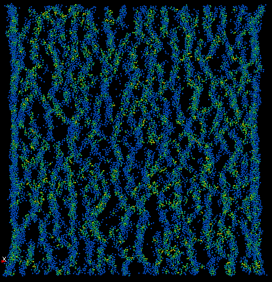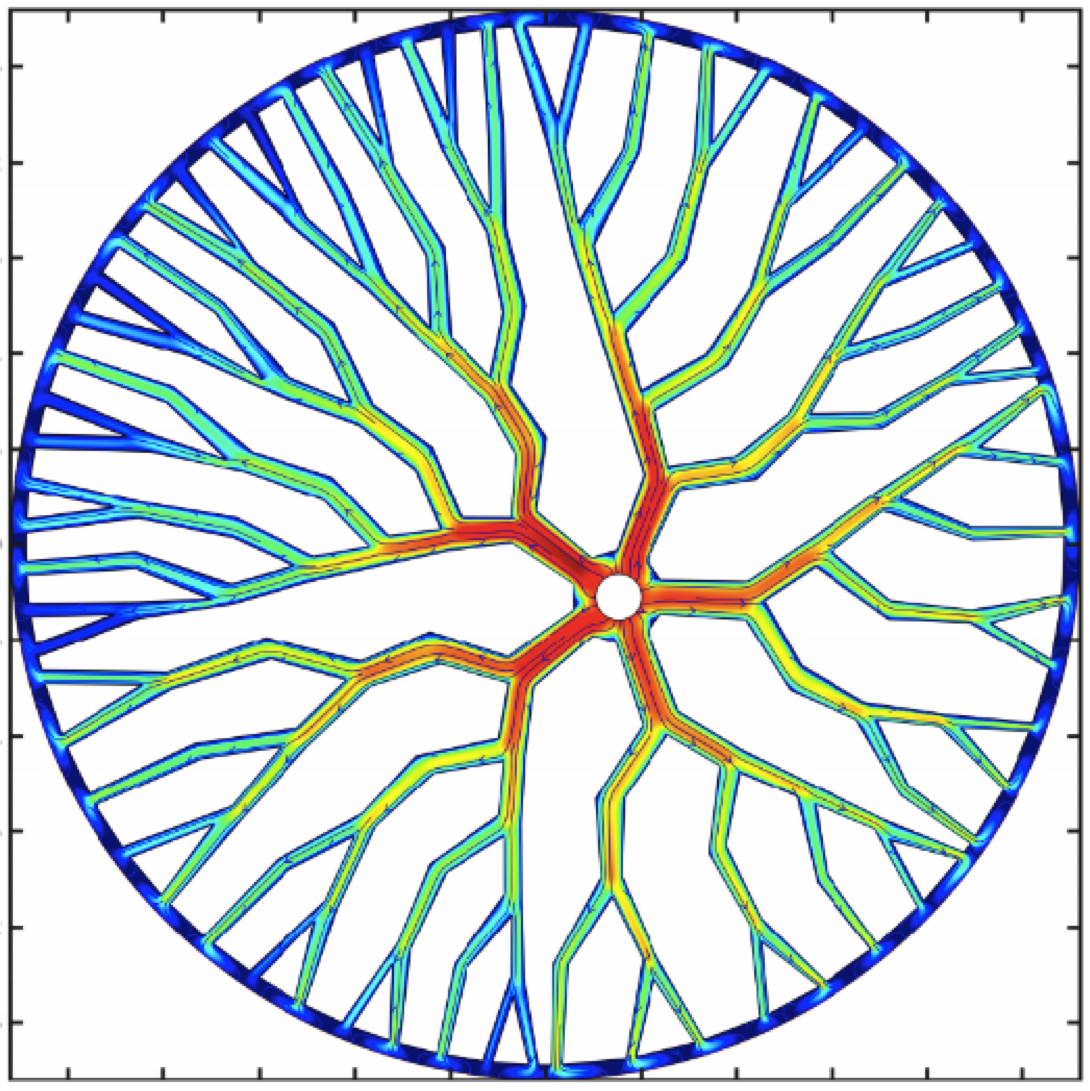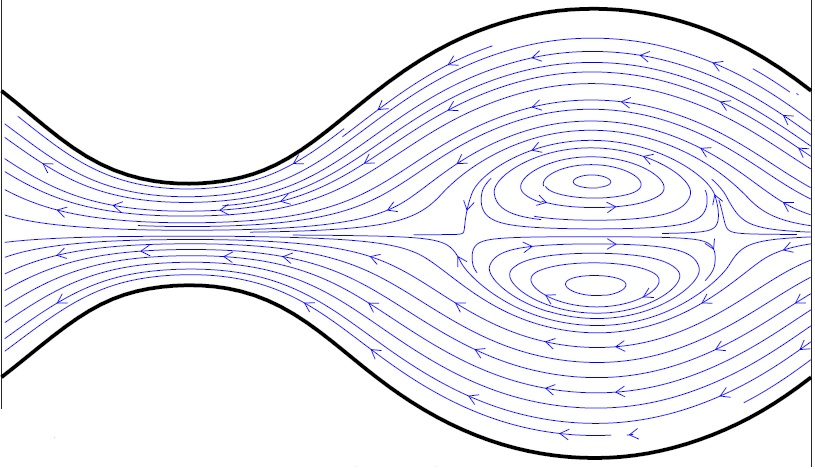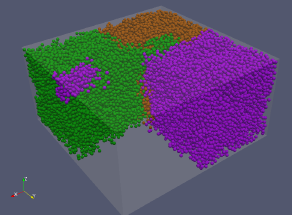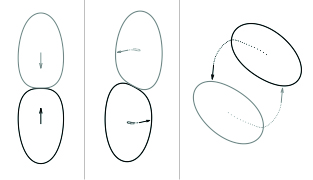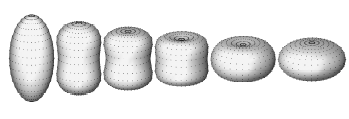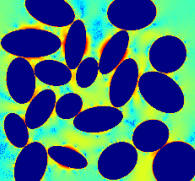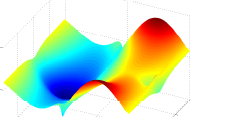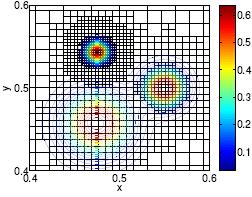High-order close evaluation of Laplace layer potentials: A differential geometric approach
H. Zhu and S. Veerapaneni
Submitted, 2021.This paper presents a new approach for solving the close evaluation problem in three dimensions, commonly encountered while solving linear elliptic partial differential equations via potential theory. The goal is to evaluate layer potentials close to the boundary over which they are defined. The approach introduced here converts these nearly-singular integrals on a patch of the boundary to a set of non-singular line integrals on the patch boundary using the Stokes theorem on manifolds. A function approximation scheme based on harmonic polynomials is designed to express the integrand in a form that is suitable for applying the Stokes theorem. As long as the data—the boundary and the density function—is given in a high-order format, the double-layer potential and its derivatives can be evaluated with high-order accuracy using this scheme both on and off the boundary. In particular, we present numerical results demonstrating seventh-order convergence on a smooth, warped torus example achieving 10-digit accuracy in evaluating double layer potential at targets that are arbitrarily close to the boundary.


